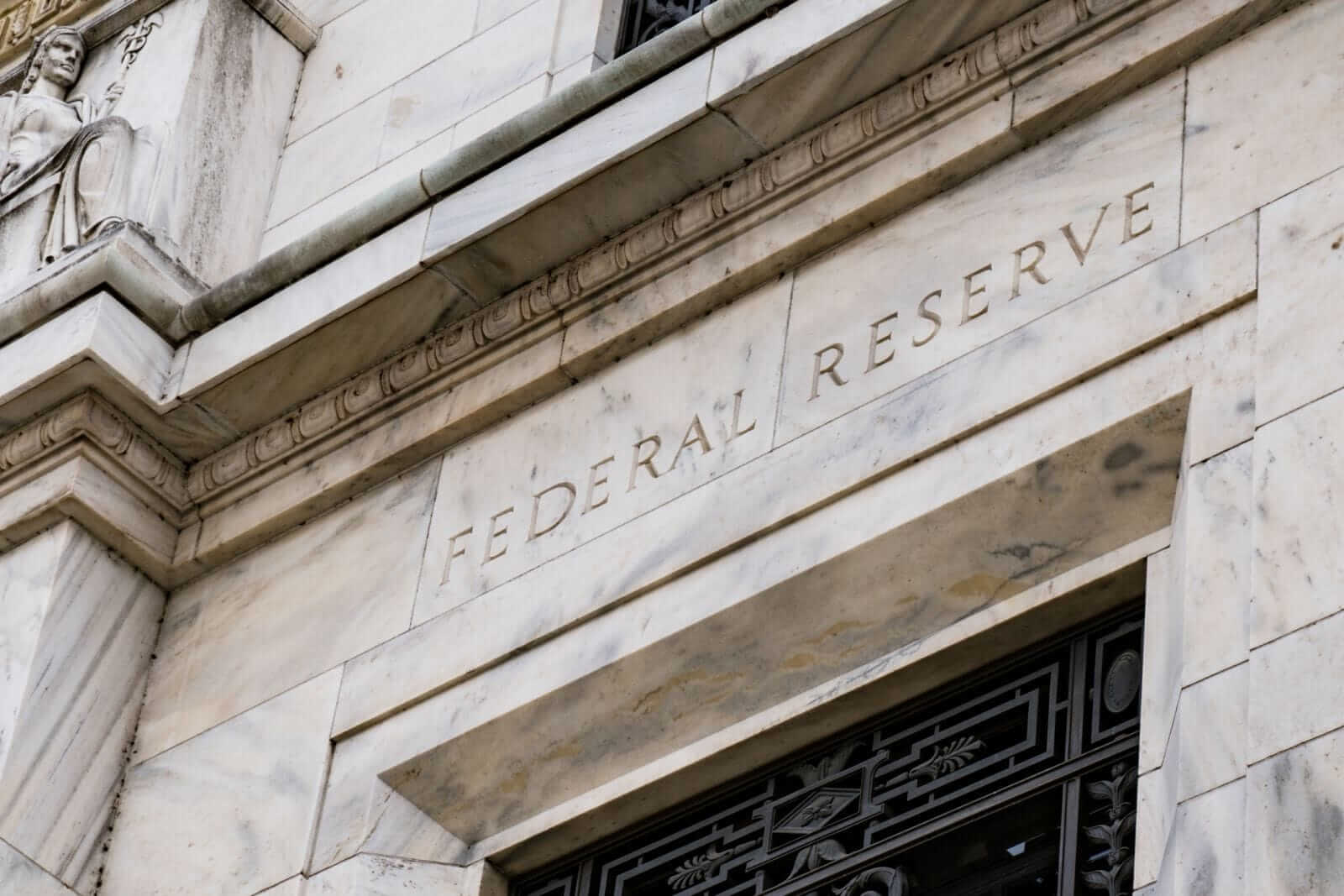
- The Fed fund futures market continues to indicate the US Federal Open Market Committee will trim the rate by another 25 basis points Wednesday afternoon.
- Then comes the expected economic chaos, starting in the US and likely rippling across the rest of the glob over the coming years.
- The US dollar seems to be anticipating a return to higher inflation and higher rates, if allowed.
Something I should’ve mentioned in Monday’s Morning Commentary is it’s Fed Week. This means the final US Federal Open Market Committee (FOMC, the Fed) meeting of 2024 gets under way Tuesday morning and concludes Wednesday afternoon with an expected announcement of a 25-basis point cut. Beyond that, a look into 2025 is like trying to see anything through a thick London fog. As Watson (Sherlock Holmes’ assistant, not the algorithm trading world) described it, “…a dense yellow fog settled down upon London. From the Monday to the Thursday, I doubt whether it was ever possible from our windows in Baker Street to see the loom of opposite houses.”[i] Once the announcement is out of the way the arguing from financial media talking heads begins. I find I’m better served to turn off the noise and pay attention to what the markets continue to tell me, again made more interesting this time by the countdown to 2025.
Regarding that last statement, I’m reminded of a short story from 2009. After giving my market outlook at Commodity Classic in Grapevine, Texas, an attendee asked me one a question I’ll remember until the day I die. Hopefully. As the room was thinning out ahead of the next speaker, she came to the front and asked if the events of 2012 will change my long-term market projections. I was baffled. Again, it was early 2009. I looked at my Editor-in-Chief Urban Lehner and he reminded me that the Mayans had supposedly predicted the end of the world in 2012. I chuckled, as I tend to do, and responded to the woman, “Well, that would certainly hurt demand.”
I think of this because of what is expected once we get to 2025. The US president elect basically promised to blow up the world, at least economically, once he moved back into the Oval Office. Usually, I’d say there was nothing to worry about, particularly since this individual has a long track record of – how should I say this – not necessarily saying sane things. However, the US has an interesting system where the president, any president, can circumvent any congressional or judicial checks and balances by issuing “Executive Orders” (EOs). During his first term, the president elect issued 220 EOs, not a huge number compared to presidents that had come before. Still, the expectation is of constant chaos for the years ahead due to broken trade agreements, more tariffs, and reheated trade wars between the US and key trading partners.

A look at the Fed fund futures forward curve[ii] shows us there is a great deal of uncertainty as well. Heading into Wednesday the spot December futures contract (ZQZ24) was priced at roughly 95.5225. This puts the expected rate at 4.4775%, just below the low end of the current range of 4.5% to 4.75%. Therefore, according to market expectations, the Fed fund rate range should drop to 4.25% to 4.5% Wednesday afternoon.
What does this mean going forward? If the rate cut occurs, we can see the new range on the attached chart (orange line = low end, gray line = high end). As of this writing the next three futures contracts/expected rates are:
- January ~ 95.665/4.335
- February ~ 95.705/4.295
- March ~ 95.75/4.25
Additionally, the Fed has scheduled meetings early in 2005:
- January 28 and 29
- March 18 and 19
As of now, it looks like the FOMC could leave the Fed fund rate steady, which makes sense given the London fog clarity of US and global economic developments once the change of US administrations is made.
What do we think we know at this point?
- Trade agreements made during the president-elect’s previous term will immediately be broken.
- Tariffs (a self-imposed tax on the consumer in the country importing goods) will be hiked against key trading partners (Mexico, Canada, China, etc.).
- The fire under existing trade wars (that began during the president-elect’s previous term) will be turned up and possibly boil over against other countries (e.g. Mexico and Canada again).
What we don’t know, what the Fed doesn’t know, is if the same approach to the inevitable inflation to follow will be taken as last time. Recall when the tariffs and trade wars started, and inflation initially took off, anyone who dared mention raising interest rates was threatened by the administration with loss of a job. This time around the president-elect has talked about having the final say on any interest rate decisions. Add in the fact he has previously talked about wanting a weak US dollar, and suddenly the situation starts to read like the scene in the miniseries Chernobyl when Dr. Legasov explains how an RBMK reactor works and what makes it explode[iii].
Recently, I’ve talked about how US stock indexes are starting to look top-heavy. The piece was met with long lists of reasons why it couldn’t happen, but no one wanted to mention how the right combination of chaotic events could indeed cause a collapse. Not just in markets but the economy as well. Yes, despite what many continue to say, there is a difference in the two.
Having thought about it, maybe it’s best to have a London fog obscuring our view of 2025.
[i] From the Adventure of the Bruce-Partington Plans.
[ii] To simplify things, I subtract the futures price from 100%, giving us the expected Fed fund rate for that time period.
[iii] The entire series was fantastic, but if you only watch one episode, make it the last one as it contains the court scene.







